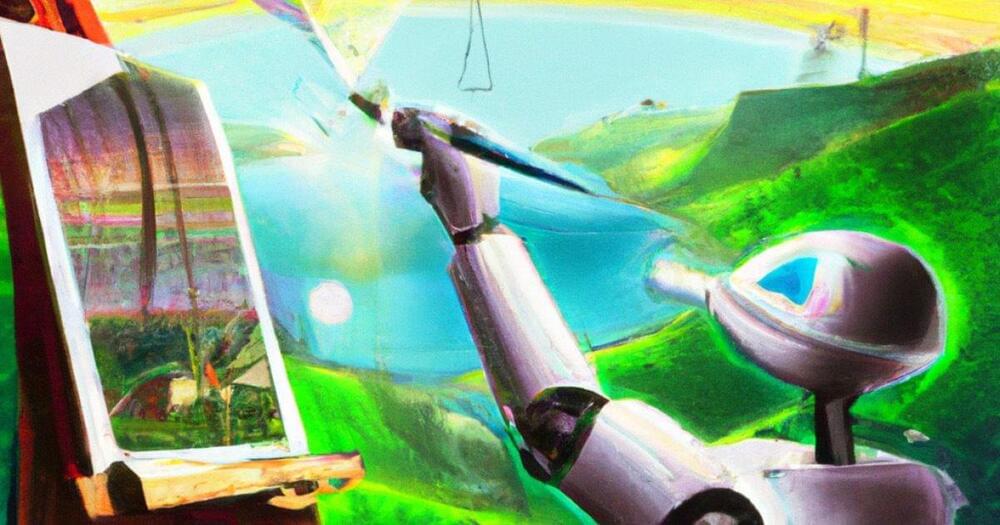Google has described how the researchers have combined machine learning and semantic engines to develop a novel Transformer-based hybrid semantic ML code completion. The increasing complexity of code poses a key challenge to productivity in software engineering. Code completion has been an essential tool that has helped mitigate this complexity in integrated development environments. Intelligent code completion is a context-aware code completion feature in some programming environments that speeds up the process of coding applications by reducing typos and other common mistakes.
Google AI’s latest research explains how they combined machine learning and semantic engine SE to develop a novel transformer-based hybrid semantic ML code completion. A revolutionary Transformer-based hybrid semantic code completion model that is now available to internal Google engineers was created by Google AI researchers by combining ML with SE. The researchers’ method for integrating ML with SEs is defined as re-ranking SE single token proposals with ML, applying single and multi-line completions with ML, and then validating the results with the SE.
A common approach to code completion is to train transformer models, which use a self-attention mechanism for language understanding, to enable code understanding and completion predictions. Additionally, google suggested employing ML of single token semantic suggestions for single and multi-line continuation. Over three months, more than 10,000 Google employees tested the model in eight programming languages.








